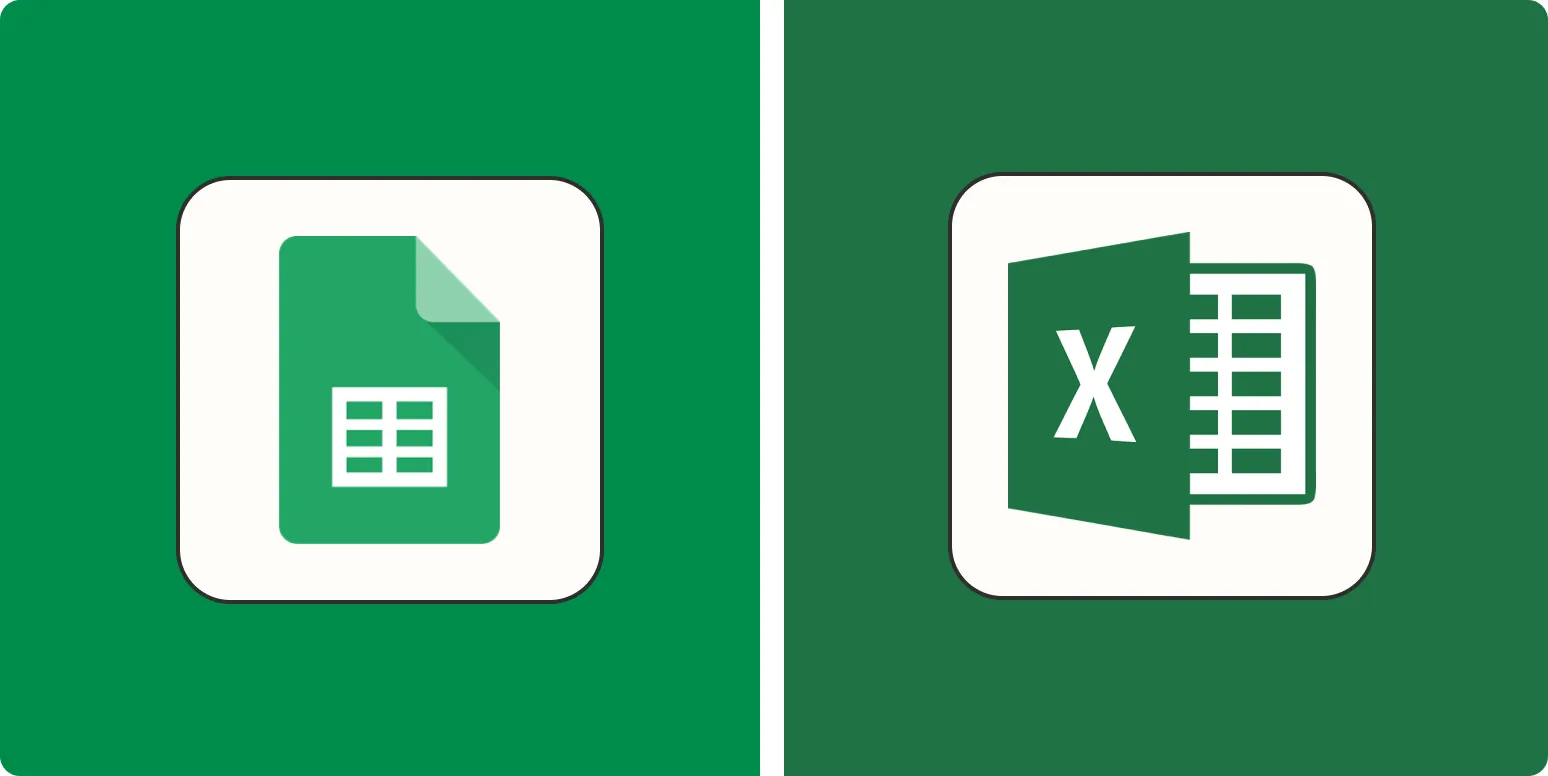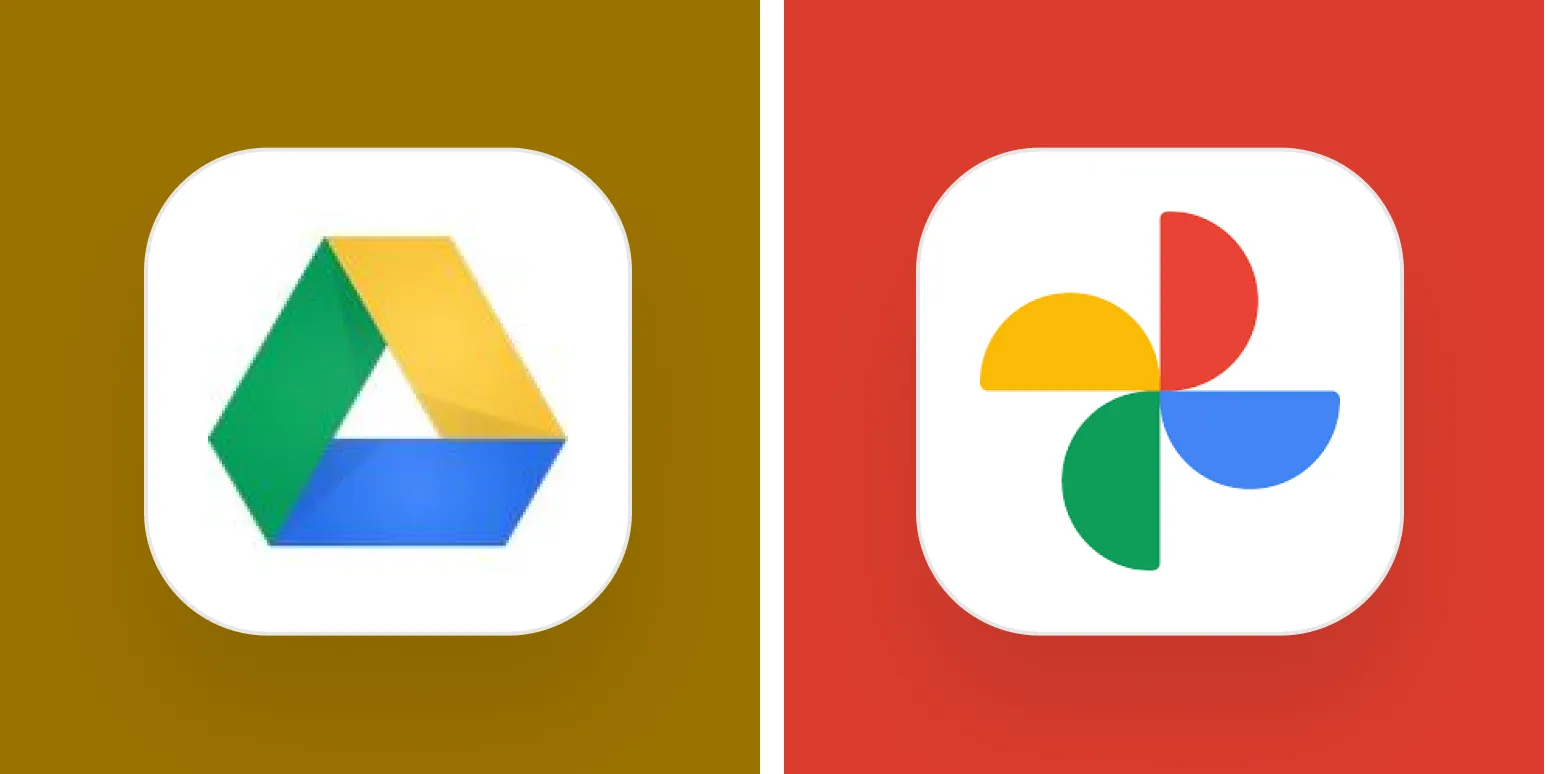When it comes to managing data, two of the most popular tools are Google Sheets and Microsoft Excel. Both applications have their strengths and weaknesses, and choosing between them can be a daunting task. In this article, we will compare Google Sheets and Excel in 2025, focusing on key features, usability, and overall performance to help you decide which is right for you.
Key Features Comparison
Both Google Sheets and Excel offer a suite of features that cater to different types of users. Here’s a look at their key features:
| Feature | Google Sheets | Excel |
|---|---|---|
| Collaboration | Real-time collaboration with multiple users | Collaboration via SharePoint or OneDrive |
| Formulas & Functions | Extensive library of functions, but fewer advanced options | Comprehensive formula capabilities, including advanced functions |
| Data Visualization | Basic charting options and templates | Advanced charting features with extensive customization |
| Accessibility | Cloud-based, accessible from any device with internet | Requires installation, desktop-based but has an online version |
| Cost | Free with a Google account | Paid license required for full features |
User Interface and Usability
The user experience can significantly affect productivity. Here’s how Google Sheets and Excel compare in terms of usability:
Google Sheets has a clean, minimalist interface that is easy to navigate. The integration with other Google services, such as Google Drive and Google Forms, enhances its usability, especially for teams that rely on cloud-based tools. The real-time editing feature is particularly beneficial for collaborative projects, allowing multiple users to work on the same document simultaneously.
Excel, on the other hand, offers a more robust interface that may appear overwhelming to novice users. However, its depth of features makes it the preferred choice for advanced users who require complex data analysis and manipulation. Excel's ribbon interface provides quick access to a variety of tools, but the learning curve can be steep for new users.
Performance and Speed
Performance is crucial when working with large datasets. Here’s how both tools stack up:
Google Sheets can handle basic spreadsheets quite well, but as the dataset grows, users may experience lag and slower performance. For most everyday tasks, its speed is acceptable, but it may not be sufficient for data-intensive operations.
Excel is optimized for handling large amounts of data, making it the go-to choice for businesses dealing with extensive databases. Its calculation speed is superior, allowing for quick analysis and manipulation of large datasets without significant slowdowns.
Data Security and Privacy
Data security is a significant concern for many users, especially businesses. Here’s how each tool addresses security:
Google Sheets benefits from Google’s robust security infrastructure, including encryption and two-step verification. However, because it is cloud-based, there is a reliance on internet connectivity, which some users may find concerning.
Excel provides strong data protection features, including password protection and file encryption. Since it can be used offline, some users prefer it for sensitive information that shouldn't be stored in the cloud.
Conclusion: Which is Right for You?
Ultimately, the choice between Google Sheets and Excel in 2025 boils down to your specific needs:
- If you require real-time collaboration and are looking for a free solution, Google Sheets is likely the better option.
- If you need advanced features, robust data analysis capabilities, and work with large datasets, Excel would be the right choice.
- For businesses with significant data security concerns, Excel’s offline capabilities might offer peace of mind.
In conclusion, both tools have unique strengths that can cater to different user needs. Consider your requirements carefully before making a decision, and choose the tool that best aligns with your workflow and data management goals.





